YUEHELE
Guangdong Yuehele Label Material Co., Ltd. is a high-tech enterprise integrat
ing scientific research, production, sales, technical support and service for users.
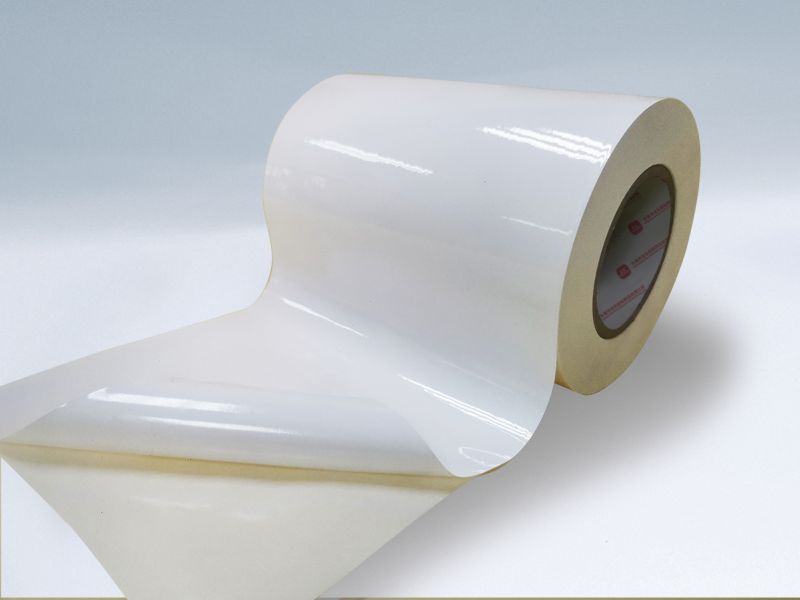

In the world of pressure-sensitive labels, adhesive is no supporting actor—it’s the “invisible engineer” ensuring labels perform flawlessly. Its role extends far beyond simple sticking:
- Core Adhesion: Provides initial tack (stickiness upon contact) and final adhesion (long-term holding power) to bond labels securely to diverse surfaces.
- Durability & Protection: Resists environmental challenges (temperature, humidity, UV light, chemicals) to keep label information legible long-term.
- Surface Compatibility: Bridges the gap between label materials (facestock, liner) and the application surface, ensuring stable bonding across different substrates.
- Application Experience: Influences labeling feel (e.g., slip for high-speed application), removal characteristics (permanent vs. easy peel), and residue.
Adhesive Options Matrix for Pressure-Sensitive Labels
| Type | Core Advantages | Key Applications | Key Limitations |
|---|---|---|---|
| Water-Based Acrylic | Eco-friendly, high clarity, excellent UV/weather resistance, low odor | Cosmetic labels, outdoor labels, clear film labels, food packaging | Moderate water resistance, lower tack on non-polar surfaces at low temps |
| Solvent-Based Acrylic | Superior water/chemical resistance, good low-temp performance, bonds difficult surfaces | Industrial labels, freezer labels, hard-to-bond plastics | High VOC, requires recovery systems, strong odor |
| UV-Curable Acrylic | Near-zero VOC, instant curing, excellent heat/solvent resistance | High-speed production (e.g., beverage labels), electronics, industrial | High equipment cost, requires UV-transparent facestocks |
| Rubber-Based (Solvent) | Very high initial tack, bonds rough/curved surfaces, low cost | Shipping labels, warehouse labels, temporary tags | Poor UV/heat resistance, yellows over time, high VOC |
| Hot Melt Rubber | Solvent-free, fast setting, good initial tack | Book labels, logistics tags, paper products | Limited heat/chemical resistance |
| Standard Hot Melt | Cost-effective, 100% solids, fast application | Retail price tags, carton labels, light packaging | Limited heat resistance (<60°C), moderate chemical resistance |
| Performance Hot Melt | Enhanced temperature resistance (up to 100°C+) or freeze resistance | Hot-filled containers, freezer applications | Higher cost than standard hot melts |
| Removable/Repositionable | Clean removal, reusable, non-residue | Promotional labels, reusable info tags, decor | Lower permanent adhesion |
| Specialty (Freezer) | Maintains flexibility/tack at extreme lows (-40°C) | Frozen food packaging, cold storage | Formulation-specific limitations |
| Specialty (High-Temp) | Withstands sustained high temperatures (>150°C) | Engine labels, PCB labels | Typically higher cost |
| Specialty (Medical) | Biocompatible, hypoallergenic, sterilizable |
Adhesive: The “Invisible Engineer” of Pressure-Sensitive Labels
Choosing the right adhesive hinges on several critical factors:
- Application Surface: Material (paper, plastic like PE/PP/PET, glass, metal, wood)? Surface energy? Cleanliness, coatings, or contaminants?
- End-Use Environment: Indoor/outdoor? Temperature range (room temp, freezer, heat)? Humidity? Exposure to water, oils, chemicals? UV resistance needed?
- Performance Requirements: Permanent or removable? Required level of initial tack (e.g., for high-speed application) and long-term adhesion? Label size/shape (curved surfaces)?
- Regulatory Compliance: Food contact (FDA, EU), medical (USP Class VI), toys, etc., have specific requirements.
- Processing & Labeling: Printing method, die-cutting, slitting, automatic labeling speed?
- Cost: Adhesive costs vary significantly.
- Sustainability: VOC emissions, recyclability requirements.
YUEHELE Label Materials @ Booth C5017 RosUpack
We cordially invite you to the 2025 International Printing & Packaging Exhibition (Polygraphinter / …
New material solutions
Industry solutions that Dongpang New Materials can provide Medical & Laboratory Industry Test tu…
What are the common specifications of thermal paper?
Thermal paper specifications and types Thermal paper is widely used in POS systems, cash registers, …
Paper categories and properties
The Ultimate Guide to Thermal Paper and Glassine Paper Classification and Properties thermal paper T…
which foods are not required to have a nutrition label-US
Under U.S. FDA regulations (Nutrition Labeling and Education Act – NLEA), nutrition facts labels are…
Can you use regular paper in a thermal printer-China
Thermal Printers require heat-sensitive paper coated with chemical dyes (leuco dyes).
What is a Thermal printing paper?
Thermal Printing Paper is a specialized paper designed to create images or text when exposed to heat…



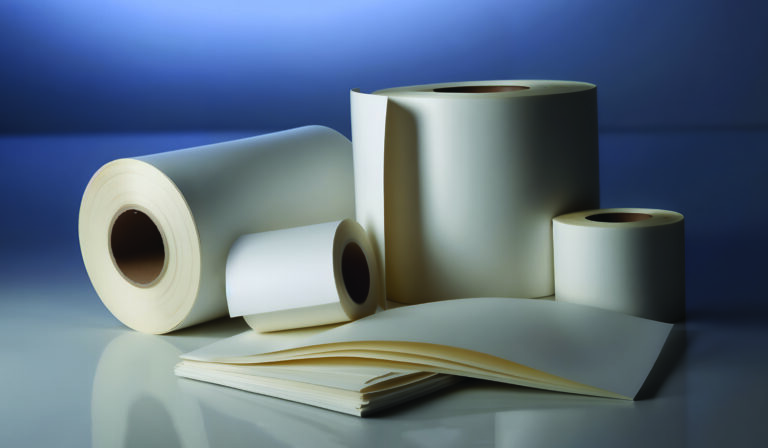
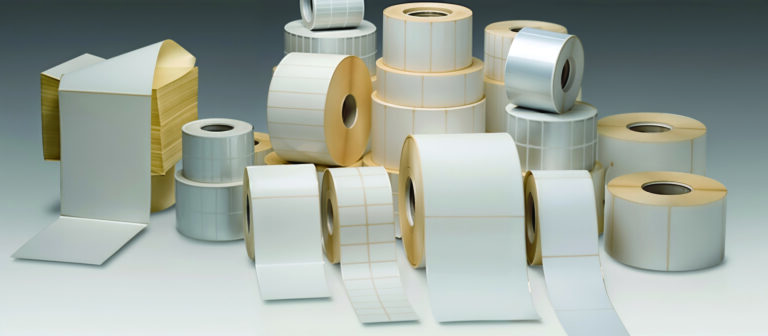
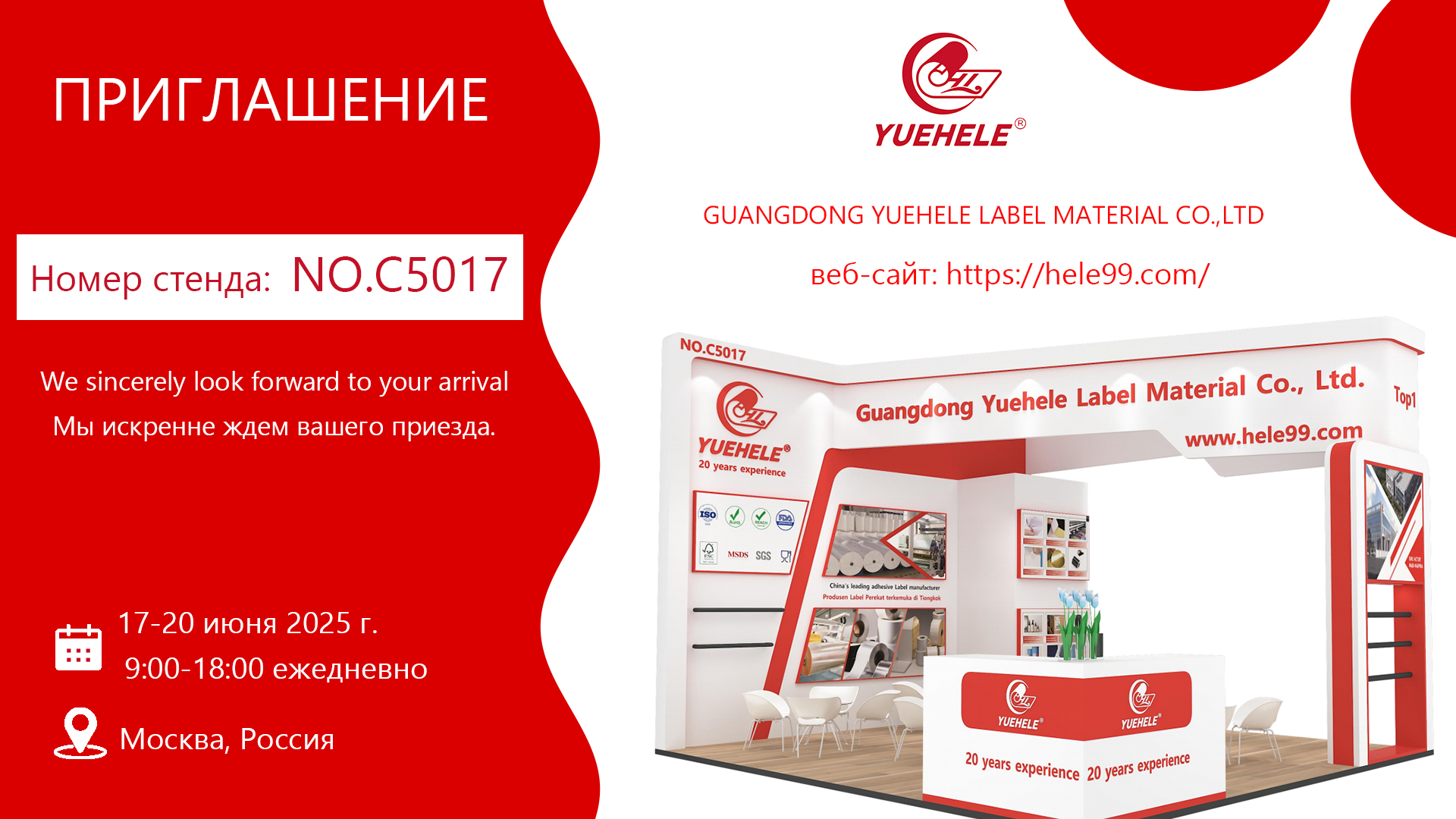
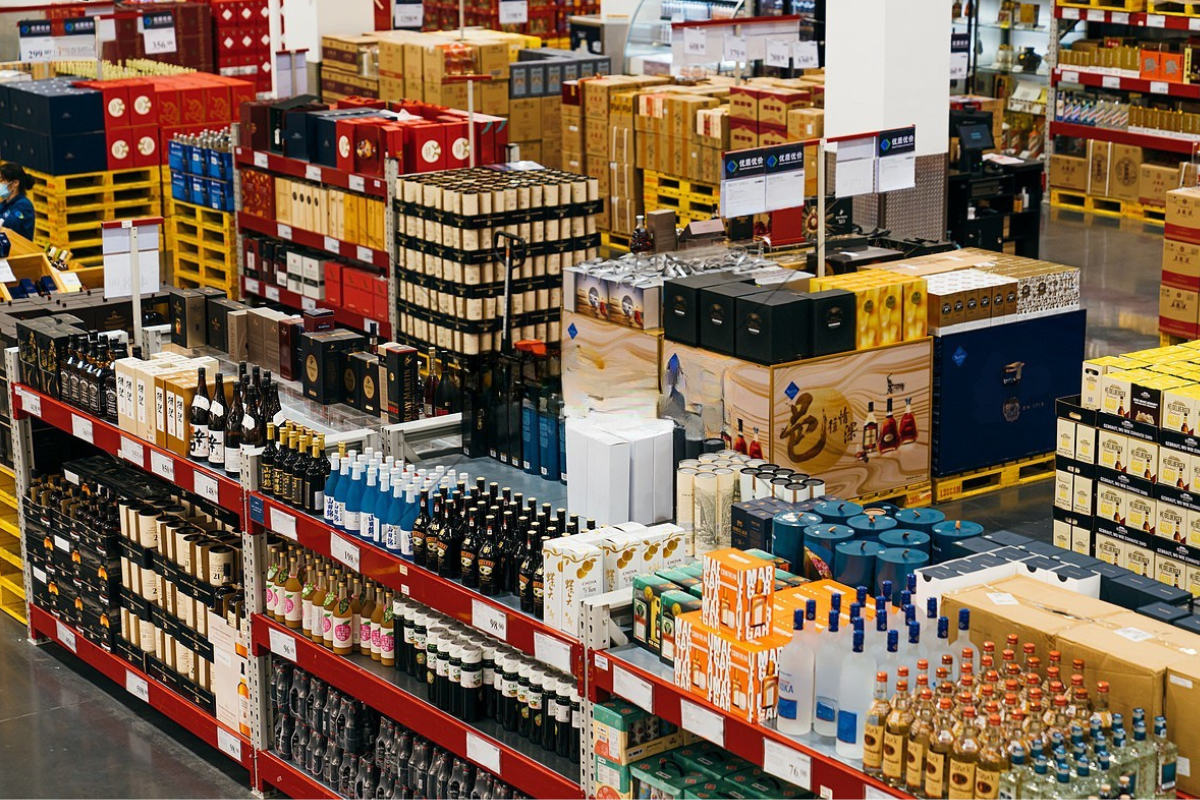
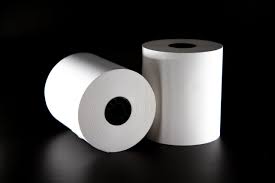

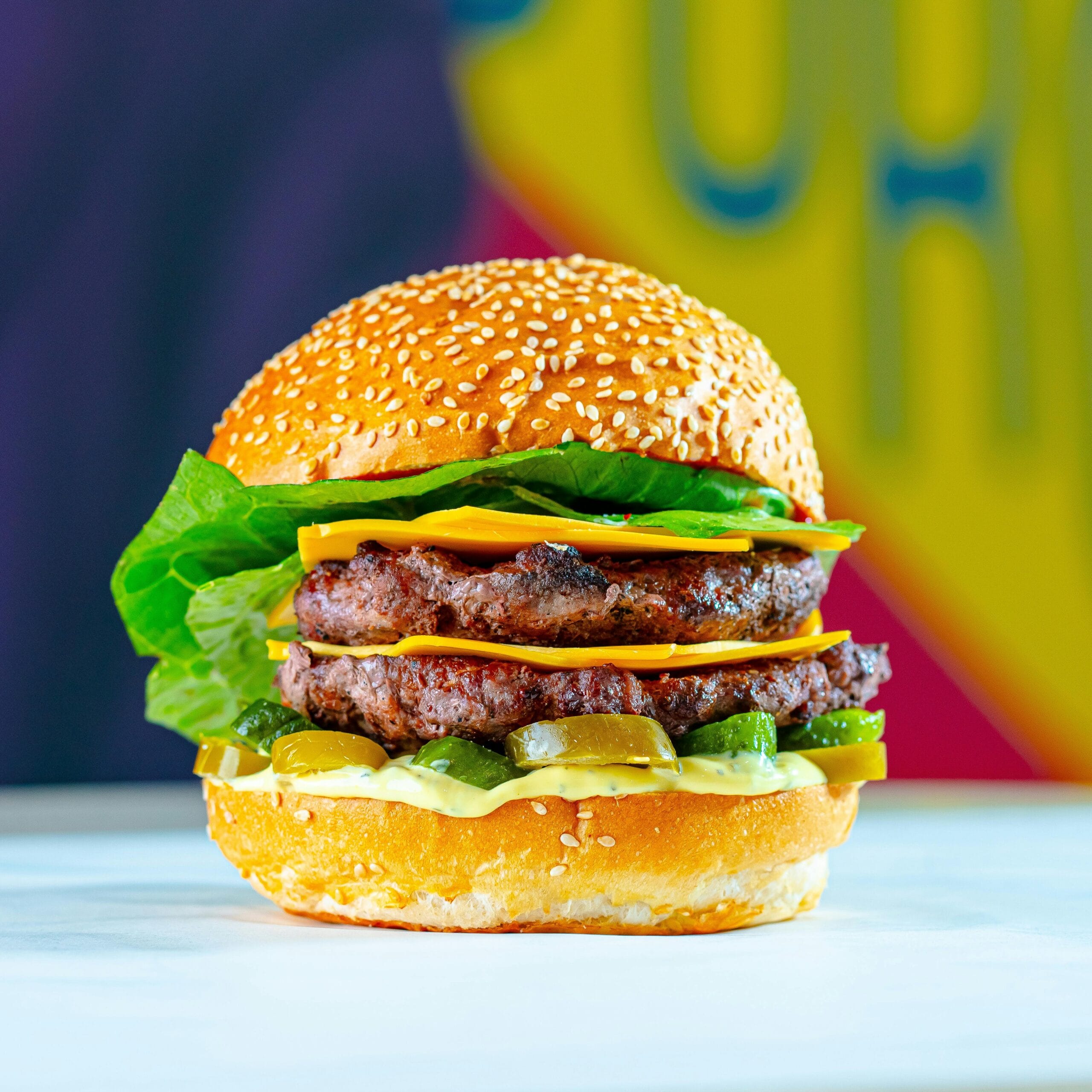
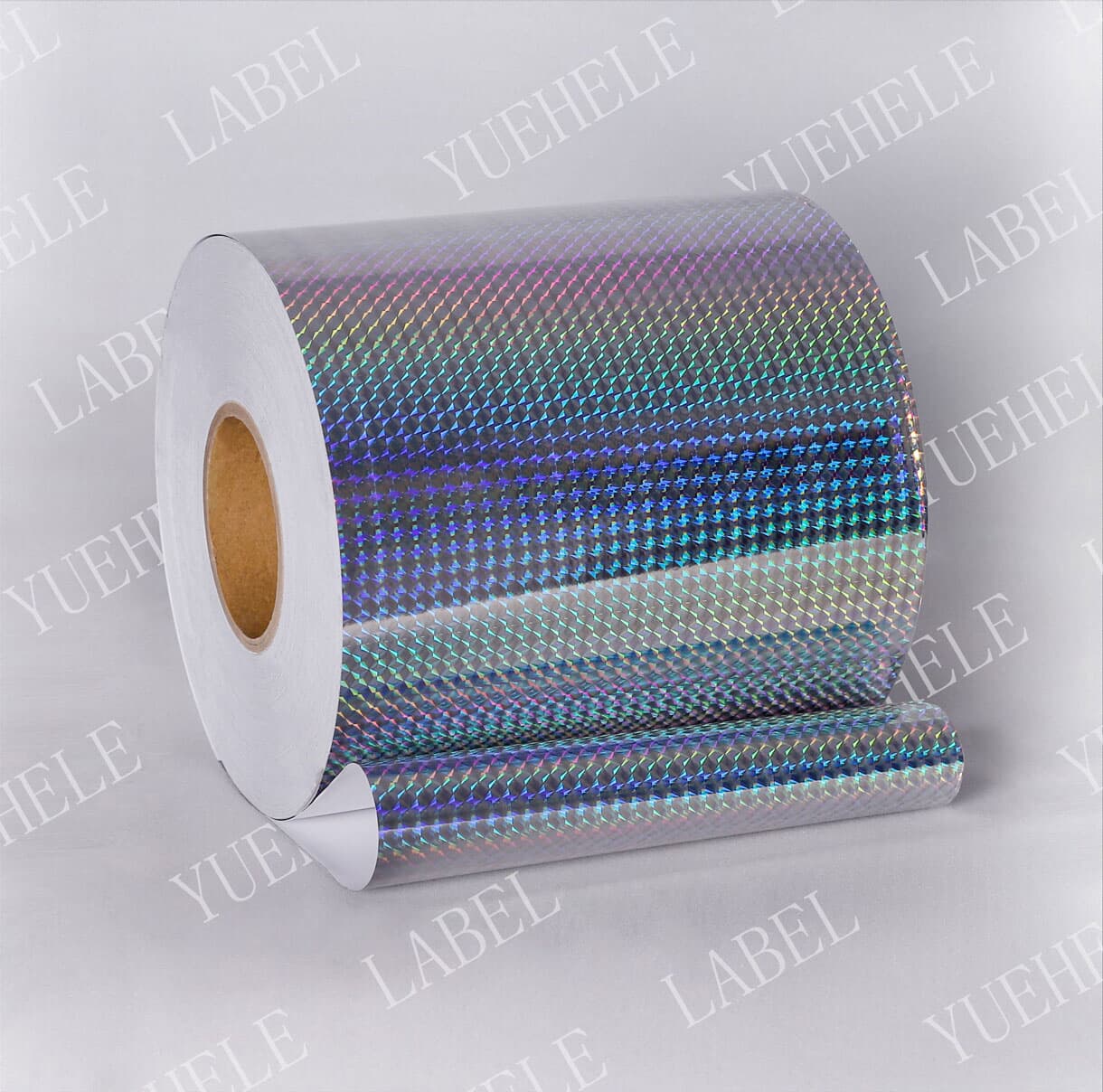
 leave a message
leave a message